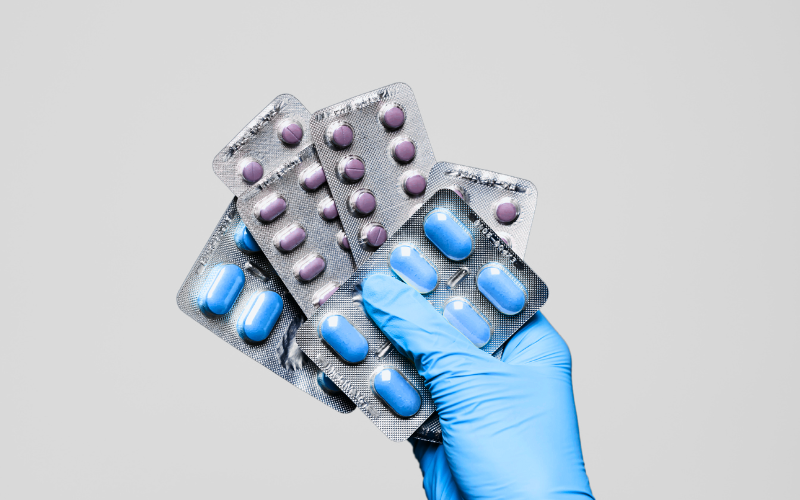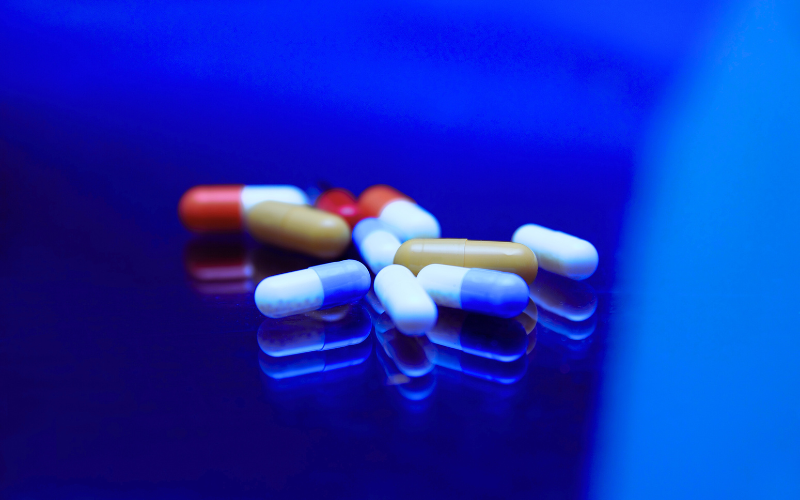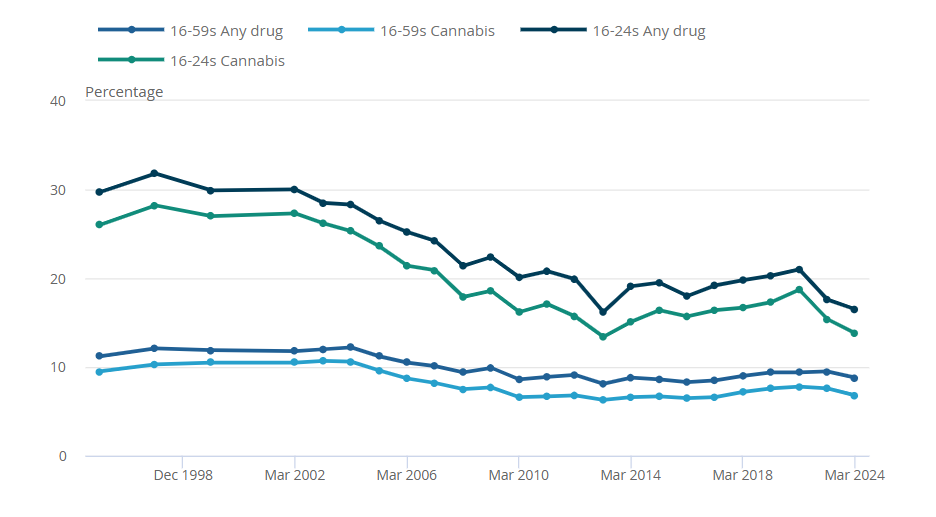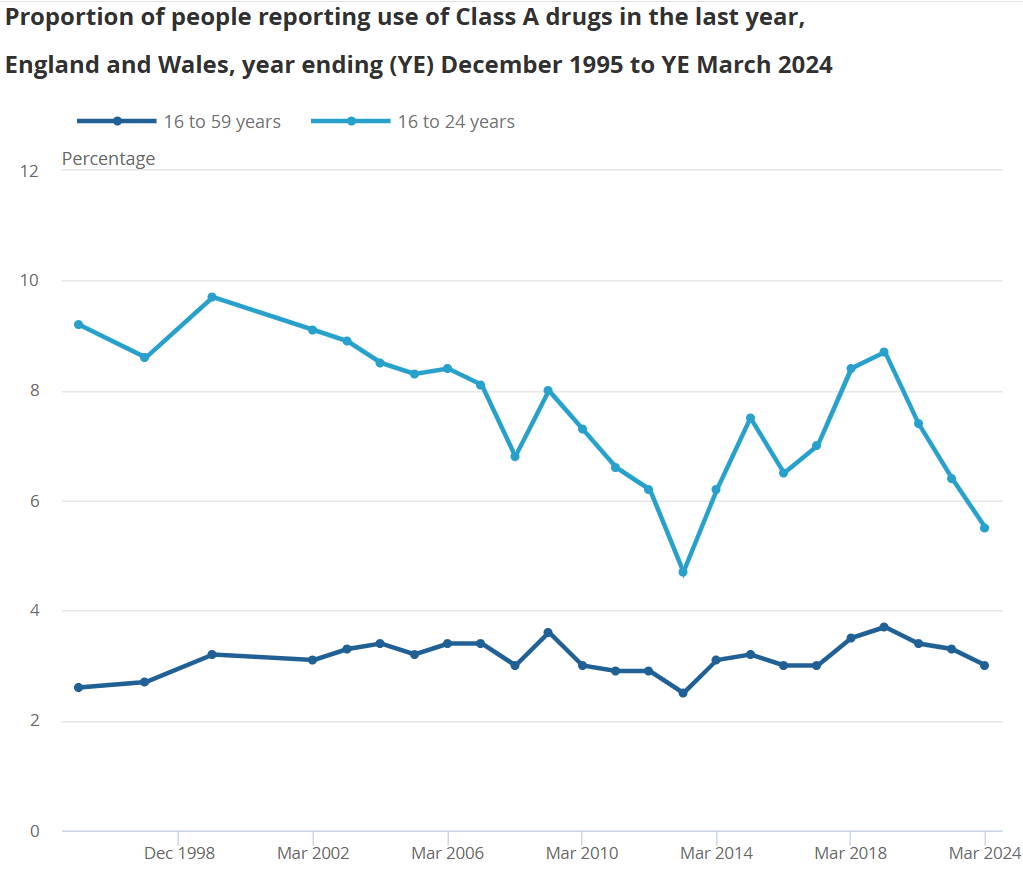Empowering Women in Trades: The Advantages of Fingerprint Drug Screening
More women than ever are stepping into a career in the trades across construction, logistics, and manufacturing and other high-risk sectors. In the UK alone, over 760,000 women were employed in manufacturing roles in early 2025—up nearly 10% since 2023. Globally, women are making inroads in construction, engineering, and occupational health roles, accounting for a growing share of the high-risk workforce.
These strides forward demand workplace health compliance that meets the moment—especially regarding workplace drug testing. Traditional methods such as urine drug tests and blood samples can feel invasive. They challenge both dignity and privacy. This becomes especially true for women in male-dominated environments, where policies and facilities often overlook their needs.
Outdated Testing Methods: A Barrier to Progress
Traditional drug testing methods—such as urine, blood, and saliva tests—have long served employee health and safety protocols. Yet, these approaches create serious logistical and ethical hurdles. They often require supervised sample collection and private testing facilities. They also involve the handling of biohazardous materials. These factors can delay operations and increase costs.
For many women in trades, these procedures aren’t just inconvenient—they’re deeply uncomfortable. Providing a supervised urine sample on-site is rarely a private or dignified experience. In male-dominated settings that lack women-focused facilities, the process can feel intrusive and isolating. Legal scholar Victoria Schwartz explains that gendered social norms shape how women experience privacy. She argues courts and policies often overlook these differences, particularly during monitored drug testing. She advocates for a “floor” approach to privacy law. In this model, the higher privacy standard expected by women becomes the baseline for everyone. This ensures more equitable treatment across the board.
“In monitored drug testing, the reasonable expectation of privacy may differ for women in light of gendered privacy norms surrounding restrooms”
For industries working to attract and retain a diverse workforce, traditional testing methods fall short. As more women enter heavy industry, this outdated approach no longer aligns with modern standards for privacy, respect, and gender equity.
Future-Proofing Workplace Safety Through Inclusive, Data-Driven Policies
Companies must adopt workplace drug testing policies that prioritize inclusion and reflect evolving workforce demographics. The Intelligent Fingerprinting Drug Screening System delivers over 90% accuracy—on par with traditional methods—according to a 2019 NIH study. It also vastly improves the employee experience.
Every year, more women enter high-risk fields. Today they account for over 16% of new entrants in sectors like manufacturing and logistics. Privacy-conscious solutions are no longer optional. They’re essential.
Forward-thinking companies are abandoning legacy systems. These older methods present logistical and legal challenges and fail to support a diverse workforce. Intelligent Fingerprinting’s approach enhances compliance and reduces downtime. It reflects a broader shift toward equitable policies that honor personal dignity. Embracing this advancement signals that employers understand their changing workforce. It shows their commitment to building safer, more inclusive environments.
Fingerprint Drug Screening: Designed for the Workforce of Today
Fingerprint drug screening offers a streamlined, respectful alternative that fits today’s workplace. Unlike traditional urine-based methods, it does not require supervised sample collection or specialized privacy facilities. It eliminates invasive procedures and removes the discomfort of handling biological samples.
This shift dramatically improves the experience for women in male-dominated sectors, where accommodations are often lacking. Intelligent Fingerprinting’s Drug Screening System delivers lab-comparable results in under 10 minutes. It supports a cultural move toward inclusion and equity in workplace safety.
See It in Action
Your company can move beyond outdated testing methods. Book a free, no-obligation demo with a member of the Intelligent Fingerprinting team. Experience how non-invasive testing transforms safety strategies. Support your workforce—especially women in heavy industry and trades—and elevate compliance and efficiency standards to new heights.















